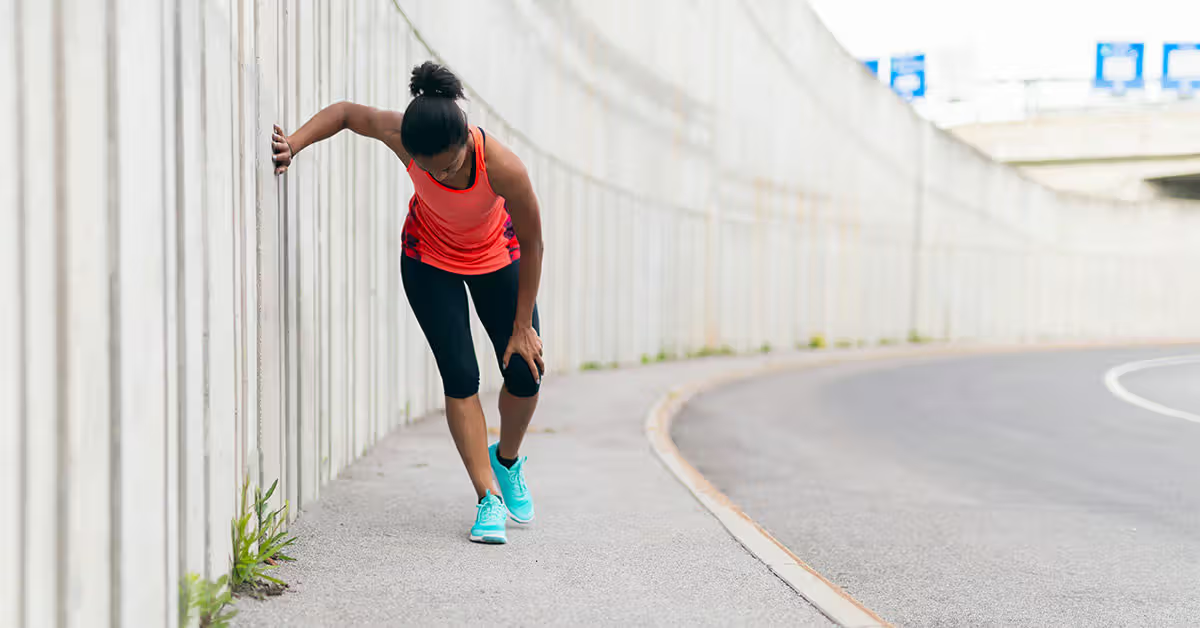مصدر الصورة: جريجور إيفن ميلكه
مورد جديد لمنظمة الصحة العالمية يتماشى مع الاستثمارات الثمانية التي أطلقتها الجمعية الدولية لصحة البيئة والصحة العامة لتشجيع المشي وركوب الدراجات الهوائية من خلال التغيير القائم على النظم
ما الأمر؟
أصدرت منظمة الصحة العالمية (WHO) مجموعة أدوات جديدة للسياسات لمساعدة الحكومات ومخططي المدن والمهنيين الصحيين على تعزيز المشي وركوب الدراجات الهوائية. يقدم هذا المورد خارطة طريق عملية لدمج التنقل النشط في الحياة اليومية والتصميم الحضري. ويعرض سبعة مجالات رئيسية في السياسات، ودراسات حالة واقعية، وتنفيذ عوامل التمكين مثل الحوكمة والتمويل والتشريعات.
يمكنك الوصول إلى مجموعة الأدوات هنا
لماذا هو مهم؟
يعد المشي وركوب الدراجات الهوائية أدوات بسيطة ومنخفضة التكلفة وقوية لدعم النشاط البدني والصحة النفسية والهواء النظيف والسلامة على الطرق. ومع ذلك، في العديد من البلدان، لا تزال البنية التحتية والسياسات في العديد من البلدان تعطي الأولوية للمركبات الآلية الخاصة، مما يساهم في الوفيات الناجمة عن حركة المرور وعدم المساواة في الصحة في المناطق الحضرية.
تأتي مجموعة الأدوات هذه في لحظة حرجة: فبينما تسعى الحكومات جاهدةً لتلبيةأهداف التنمية المستدامة 2030يوفر هذا الدليل الذي أقرته منظمة الصحة العالمية استراتيجيات واضحة وقابلة للتنفيذ. وهو يدعم الجهود الرامية إلى بناء أنظمة تنقل شاملة وآمنة ومتمحورة حول الناس، وتتماشى بقوة معثمانية استثمارات من ISPAH تعمل على تحسين النشاط البدني.
ما الذي توفره مجموعة الأدوات؟
يتم عرض الفوائد الإجمالية للمشي وركوب الدراجات، بما في ذلك دورها في تحقيق أهداف التنمية المستدامة لعام 2030، وتحسين الصحة البدنية والعقلية، وتحسين السلامة على الطرق، والحد من عدم المساواة، ودعم استخدام وسائل النقل العام، والمساهمة في الكفاءة الاقتصادية.
تحدد مجموعة الأدوات سبعة مجالات عمل استراتيجية:
- تكامل السياسات- جعل المشي وركوب الدراجات جزءاً من جميع الاستراتيجيات الوطنية والمحلية ذات الصلة.
- بنية تحتية آمنة ومتصلة- ضمان وجود طرق كاملة ومستمرة ومحمية.
- تصميم شوارع شاملة للجميع- إنشاء شوارع للمستخدمين من جميع الأعمار والقدرات.
- تحسين سلوك المستخدم- تعزيز التوعية بالسلامة على الطرق وإنفاذ القانون.
- الحماية القانونية وتحديد الأولويات- وضع لوائح لدعم الأنماط النشطة.
- أنظمة النقل المتكاملة- ربط المشي وركوب الدراجات الهوائية بوسائل النقل العام.
- الترويج والحوافز- دعم التغيير السلوكي من خلال التواصل والدعم المالي.

(منظمة الصحة العالمية، 2025)
كما يناقش التقرير العوامل الرئيسية للتنفيذ، بما في ذلك الحوكمة الرشيدة، ومشاركة المجتمع المدني، والدعوة القوية، والموظفين المدربين، والتشريعات الداعمة، والتمويل المستدام.
وتوفر مجموعة الأدوات أيضاً إرشادات حول كيفية رصد التقدم المحرز، مع اقتراحات لجمع البيانات والمؤشرات، وتختتم بقسم حول كيفية ترجمة التوصيات إلى إجراءات على المستويين الوطني والمحلي.
وتوفر المرفقات أدوات وموارد إضافية، مثل أدوات التقييم الخاصة بمنظمة الصحة العالمية والأهداف العالمية وروابط للمبادئ التوجيهية الدولية ذات الصلة.
رسائل إلى المنزل
- توفر مجموعة أدوات منظمة الصحة العالمية الجديدة مسارات سياسات واضحة لتعزيز المشي وركوب الدراجات كجزء من الاستراتيجيات الوطنية والمحلية.
- وهو يدعم خمسة من الاستثمارات الثمانية التي وضعتها الهيئة الدولية للصحة العامة والمحيط الهادئ، مع أهمية قوية لقطاعات النقل والتخطيط والصحة والمناخ.
- ويوفر خارطة طريق عملية للعمل المتكامل عبر قطاعات متعددة لخلق مجتمعات أكثر صحة ونشاطاً.
المرجع: تعزيز المشي وركوب الدراجات الهوائية: مجموعة أدوات لخيارات السياسات. جنيف: منظمة الصحة العالمية؛ 2025. الترخيص: cc by-nc-sa 3.0 igo.




